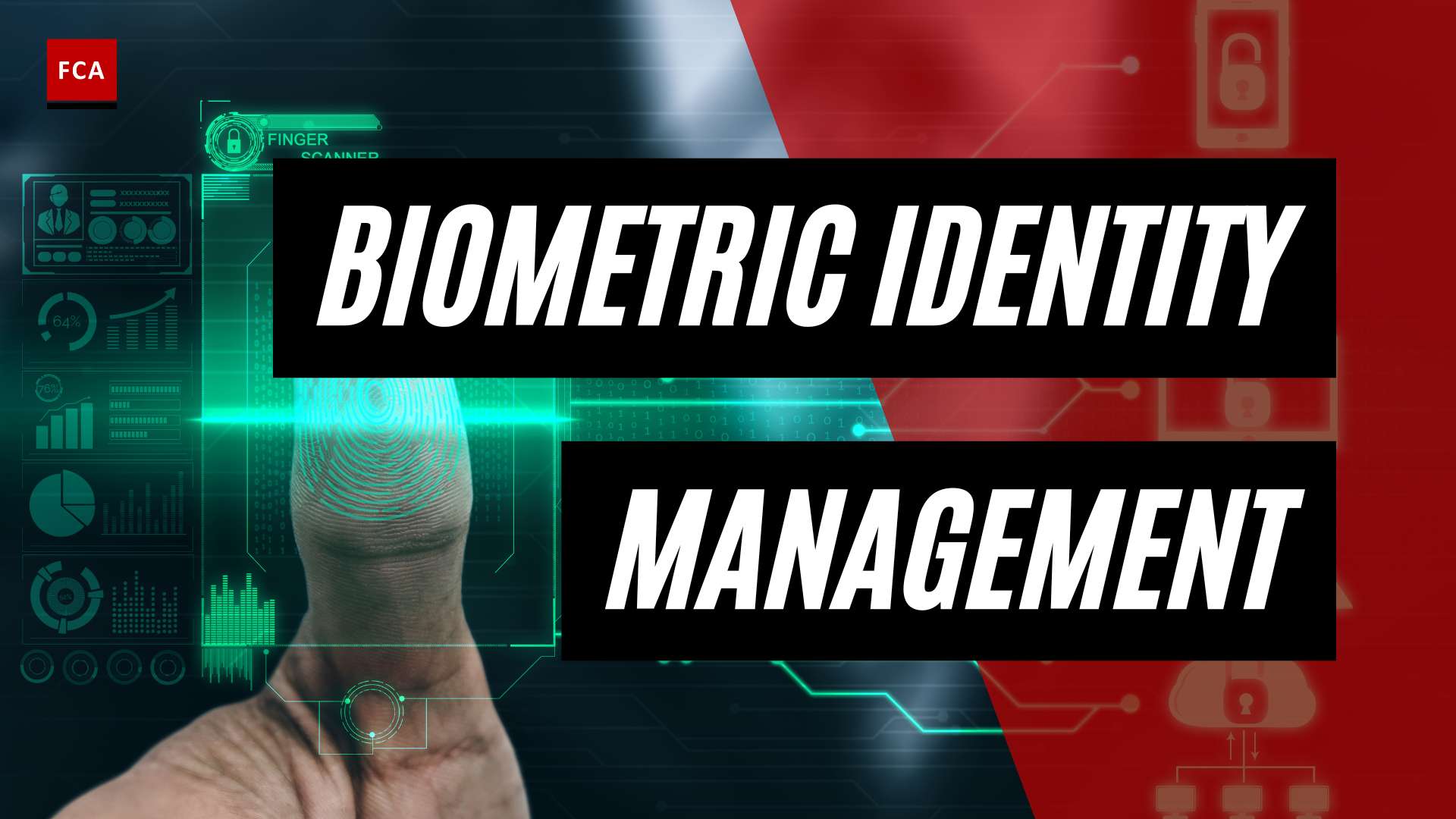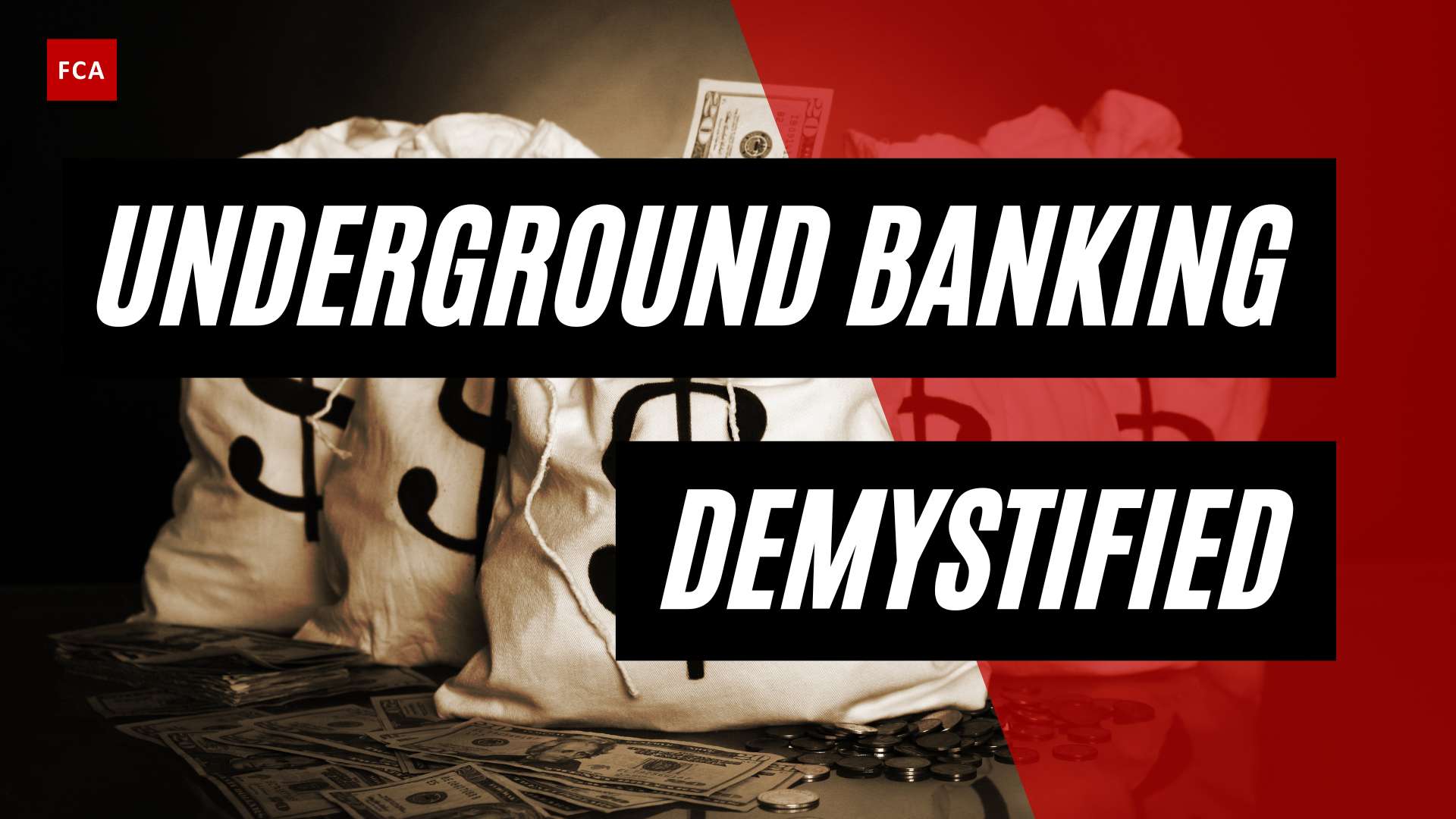Understanding Money Laundering
Money laundering is a complex financial crime with far-reaching implications. It involves converting ill-gotten gains into seemingly legitimate assets or money, a process often undertaken in three stages. Understanding these stages, particularly the integration stage, is crucial for professionals working in compliance, risk management, anti-money laundering, and anti-financial crime.
Definition and Implications
Money laundering is the process of making illegally-gained proceeds (dirty money) appear legal, called ‘cleaning’. This process usually involves three steps: placement, layering, and integration. The objective of money laundering is to allow criminals to control and benefit from illicit proceeds without attracting attention from authorities. The implications of money laundering are profound and far-reaching, distorting economic data, undermining the integrity of financial systems, and even financing terrorism.
The Three Stages of Money Laundering
The three stages of money laundering are placement, layering, and integration. During the placement stage, the illicit money is introduced into the financial system. This is often accomplished by breaking up large amounts of cash into less conspicuous smaller sums that are then deposited into a bank account, or by purchasing a series of financial instruments (cheques, money orders, etc.).
The layering stage involves obscuring the source of the money through a series of complex transactions and bookkeeping tricks. In this stage, the money is sent through various financial transactions to change its form and make it difficult to follow, such as wire transfers, purchase and sale of investment instruments, or other means.
The final stage of the process, and the one that brings us to the main topic of this article, is the integration stage. During the integration stage of money laundering, the money is returned to the criminal from what appear to be legitimate sources. The laundered money is fully integrated into the financial system and is available for any purpose. This stage often involves investments, purchases of high-value assets, or creating shell companies to give the appearance of legitimate transactions (Unit21, Alessa Blog).
Understanding these stages, particularly the integration stage, is essential for combating money laundering. Effective anti-money laundering efforts require knowledge of the various methods used by money launderers, particularly in the integration stage where detection is often most challenging. Our stages of money laundering article provides a more in-depth look at each stage.
The Integration Stage Explained
As part of the stages of money laundering, the integration stage plays a crucial role in the completion of the money laundering process. This stage involves returning the laundered money back into the economy in such a way that it appears to have originated from legitimate sources.
Purpose and Objectives
The primary purpose of the integration stage of money laundering is to reintegrate the illicit funds back into the economy after obscuring their origin, making them appear legitimate. This step is typically executed following the layering stage of money laundering, where the money’s illicit origin has been concealed through a series of complex financial transactions. The integration stage is considered the final stage of the money laundering process, with the laundered money being returned to the criminal from seemingly legitimate sources.
The main objective at this stage is to reunite the illegally obtained money with the criminal in a way that does not attract attention and appears to come from legitimate sources. This could be through the purchase of property, art, jewelry, or luxury vehicles (Money Laundering CA).
Methods and Techniques
There are a variety of methods used during the integration stage to disguise the illicit origin of the funds. These might include the purchase of assets such as property, artwork, jewelry, or high-end vehicles which provide the launderer with a way to enjoy their illicit profits without raising suspicion (Money Laundering CA).
Another common technique is the use of businesses or shell companies to disguise the origin of the funds. These entities may be used to make it appear as though the money has been earned through legitimate business activities. Businesses may be either established or purchased specifically for this purpose.
A third technique involves the use of offshore banking or overseas investments. By transferring funds to foreign accounts or investing in overseas assets, criminals can further distance the money from its illicit source.
The choice of method depends on a variety of factors, including the amount of money to be laundered, the level of scrutiny the criminal believes the transactions will be subjected to, and the intended use of the funds once they have been reintegrated into the economy.
These money laundering examples provide further insight into the various methods criminals use during the integration stage. It’s important to remember that these methods are constantly evolving, requiring continual updates to anti-money laundering compliance measures and customer due diligence practices.
Integration Tactics in Detail
The integration stage of money laundering is the final stage where laundered funds are re-introduced into the economy, appearing as legitimate assets. This stage is characterized by numerous tactics designed to further obscure the illegal origins of the funds. Here we explore three common methods: asset purchases, business investments, and the use of shell companies.
Asset Purchases
Asset purchases are a common method used during the integration stage. High-value items such as real estate, luxury cars, artwork or jewelry are often purchased using the laundered money, providing the launderer with a way to enjoy their illicit profits without raising suspicion (Money Laundering CA).
These assets can then be sold or used as collateral for loans, further reintroducing the illicit funds into the economy. In some cases, these assets are purchased and resold in countries with lighter anti-money laundering regulations, aiming to later sell these assets for cash while maintaining the appearance of legitimacy (Unit21).
Business Investments
Investing in businesses is another strategy used by money launderers during the integration phase. Criminals may set up fake loans or invest in genuine companies with the illegal money. As shareholders, they receive legitimate dividends, helping to hide the origins of the funds.
In some instances, criminals may also commit payroll fraud using fake businesses. These techniques all serve the purpose of reintegrating illicit money into the economy under the guise of legitimate business transactions. For more examples of how criminals launder money, check out our article on money laundering examples.
Use of Shell Companies
Lastly, the use of shell companies is another common tactic in the integration stage of money laundering. These companies, which exist only on paper and have no real business operations, can help to obscure the true beneficial ownership of the funds.
By routing money through these shell companies, often located in offshore banking jurisdictions, criminals can make it appear as though the funds have originated from legitimate business activities. This tactic further complicates the efforts of authorities to trace the origins of the funds.
While these tactics can make it challenging to detect and combat money laundering, advancements in anti-money laundering compliance and customer due diligence are helping to identify and prevent these illicit activities.
Risks and Detection of Integration
In the context of money laundering, the integration stage forms the final stage of the process. It is critical for criminals to obscure the origins of their illicit funds and make them appear as though they were generated through legal means. This stage completes the cycle and allows criminals to enjoy the proceeds of their illegal activities without raising suspicion. However, it poses significant risks to the financial system and challenges in detection.
Risks to the Financial System
The integration stage of money laundering involves placing the laundered funds back into the economy to give them an appearance of legitimacy. This stage often involves investments, purchases of high-value assets, or creating shell companies to simulate legitimate transactions.
Assets purchased during this stage are often high-value items such as real estate, luxury cars, or artwork. These assets can then be sold or used to secure loans, allowing criminals to reintroduce their illicit funds into the economy.
The use of shell companies is another common tactic in the integration stage. These companies are established to give the appearance of legitimate business activities, but in reality, they exist solely to disguise and reintroduce illegally obtained funds into the financial system.
One of the key goals of the integration stage is to make the illicitly obtained funds difficult to trace back to their illegal origins. This process often involves complex financial transactions across borders and through various financial institutions to obscure the money trail.
All of these activities can destabilize the financial system, distort economic data, increase the risk of financial crises, and even compromise the integrity of financial institutions.
Detection Techniques and Challenges
Detecting the integration stage of money laundering is a significant challenge for financial institutions and regulatory bodies. Since the illicit funds have been carefully layered and disguised, identifying their illegal origins can be difficult.
Effective detection techniques often involve a combination of advanced analytics, machine learning algorithms, and comprehensive customer due diligence practices. These techniques can help identify suspicious patterns, flag unusual transactions, and build a comprehensive understanding of a customer’s financial behavior.
However, the sophistication and complexity of money laundering schemes, especially during the integration stage, can make detection challenging. For instance, the use of shell companies and offshore banking facilities can make it difficult to ascertain the true beneficial ownership of assets and transactions.
Moreover, the increasing use of cryptocurrencies and other digital assets has added another layer of complexity to the detection process. These new forms of assets can be used to quickly and anonymously move funds across borders, making them an attractive tool for money launderers.
Despite these challenges, financial institutions must continuously refine and enhance their anti-money laundering compliance efforts to effectively combat this pervasive financial crime. This includes investing in advanced detection technologies, training staff to recognize potential signs of money laundering, and fostering a strong culture of compliance within the organization.
Modern Developments in Money Laundering
With advancements in technology and the globalization of financial systems, money laundering tactics have evolved. Notably, the integration stage of money laundering – the final phase where illicit funds are reintroduced into the legitimate economy – has seen significant innovations. Two such developments involve the use of cryptocurrencies and cross-border transactions.
Role of Cryptocurrencies
Cryptocurrencies have emerged as a new tool in the arsenal of money launderers. In 2022, an estimated $23.8 billion in digital currency was transferred through illicit addresses, indicating the growing role of cryptocurrencies in money laundering schemes (sanctions.io).
In the integration stage, criminals use cryptocurrencies to purchase high-value assets or invest in legitimate businesses, thereby weaving illegal funds into the legitimate economy. These methods closely mirror those employed with traditional fiat currencies. Yet, the pseudo-anonymous nature of cryptocurrency transactions presents unique challenges in tracing the illicit funds.
Cross-border Transactions and Trade-Based Laundering
Another modern development in money laundering involves the use of cross-border transactions and trade-based laundering. This often involves the use of shell companies and offshore accounts, which can disguise the true beneficial ownership of assets and make it harder to trace the illicit funds to their source (Investopedia).
In the integration stage, money launderers often invest the illicit proceeds into legal businesses or assets, such as real estate, luxury goods, or financial investments, to create a web of transactions that obscure the origin of the funds.
These developments underscore the need for robust anti-money laundering compliance measures, including strong know your customer (kyc) and customer due diligence protocols. As money laundering tactics evolve, so too must our efforts to detect and prevent these illicit activities.
Regulatory Efforts Against Money Laundering
As the integration stage of money laundering often involves blending illicit funds with legitimate capital flows in a way that is difficult to detect, regulatory efforts are crucial to maintaining the integrity of financial systems. These efforts involve a combination of international cooperation, legislation, and technological methods for detection and prevention.
Major Anti-Money Laundering Bodies
There are numerous international organizations dedicated to combating money laundering. One of the most prominent is the Financial Action Task Force (FATF). This inter-governmental body sets international standards for combating money laundering, terrorist financing, and other related threats to the integrity of the international financial system.
The FATF’s recommendations are recognized as the global standard for anti-money laundering (AML) and are used by over 180 countries. These recommendations include measures for improving transparency, enhancing the role of financial institutions in reporting suspicious transactions, and strengthening international cooperation among law enforcement and regulatory bodies.
Other notable anti-money laundering bodies include the United Nations Office on Drugs and Crime (UNODC), the World Bank, and the International Monetary Fund (IMF). These organizations provide resources, training, and technical assistance to countries seeking to bolster their anti-money laundering measures.
Importance of International Cooperation
International cooperation is a crucial component of effective anti-money laundering efforts. As criminals often operate across borders, a global approach is necessary to detect and disrupt their activities. Sharing intelligence, trends, and best practices can greatly enhance the ability of countries to combat money laundering.
According to Money Laundering CA, the sharing of model legislation, multilateral agreements, and intelligence among countries has been instrumental in combating money laundering. This cooperation also helps to address challenges posed by offshore banking and the use of shell companies for illicit purposes.
Monitoring financial transactions for unusual patterns, conducting Customer Due Diligence (CDD) and Enhanced Due Diligence (EDD) checks, and using case management tools for link analysis are key components of detecting and preventing money laundering during the integration stage (Unit21).
By working together, countries can more effectively combat the integration stage of money laundering, preserving the integrity of their financial systems and safeguarding their economies from the damaging effects of illicit financial activity. For more information on this topic, see our articles on anti-money laundering compliance and the stages of money laundering.









